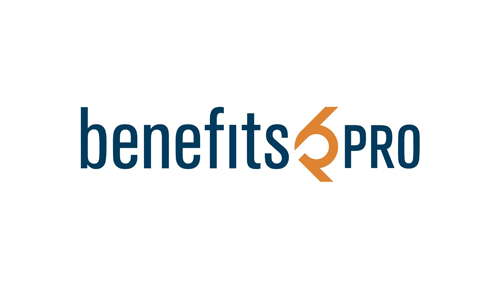
Plan design decisions impact costs for employers and employees. Employers and their advisors can manipulate these levers to manage costs but, these changes can increase costs for participants, creating dissatisfaction and barriers to care. What if there was a way to reduce costs and create “first-dollar” coverage without the downsides?
How lower out-of-pocket costs improve access to care
Typically, increasing the plan deductible, out-of-pocket maximum or other factors will reduce the risk for the carrier, thus reducing the monthly premium. This reduces the risk for the carrier, so it charges less for the insurance. This can help employers manage costs. However, that move shifts the costs to participants since they need to pay more out of pocket before coverage begins.
First-dollar refers to coverage that kicks in immediately without deductibles or initial cost-sharing required.
Even for people with insurance coverage, out-of-pocket expenses can create a barrier to care. Most preventative care, like well visits and vaccines, are fully covered regardless of deductible. But depending on the plan, some specialists and other services may not be covered until after the deductible is met. This can have a big financial impact—the average deductible for a single coverage plan was $1,763 in 2022.1 This can result in care being delayed or avoided which can cause more problems and higher claims later.
Conversely, when healthcare is more accessible and affordable, employees are more likely to use their health benefits and seek out early treatment. This can reduce high claims and long-term medical expenses.
This is where first-dollar coverage comes in. “First-dollar” refers to coverage that kicks in immediately without deductibles or initial cost-sharing required from the plan participant. While this may sound great, offering a no- or low-deductible option is very expensive for both employer and employee.
First-dollar coverage, however, can be achieved through other solutions even if the health plan has a deductible. Savvy employers can use this to their advantage to lower costs.
How to achieve first-dollar coverage
Raising the deductible and other limits usually reduces premium costs but increases out-of-pocket costs for participants. Incorporating a vendor or other solution can offset these additional participant costs while still achieving savings for employers. This is often achieved through funding a health reimbursement arrangement (HRA).
With an HRA, employers can fund these plans to cover the new higher deductible, other cost-sharing or even the entire out-of-pocket maximum. That way, participants aren’t responsible for cost sharing, thus providing first-dollar coverage. HRAs are advantageous for employers as they are employer-owned, meaning any money not spent on eligible expenses that year stays with the employer. Some HRAs allow annual rollover of unused funds, but the employer determines this amount.
A similar setup could be achieved through a high-deductible health plan (HDHP) combined with a health savings account (HSA). Because HSAs are employee-owned, the funding contribution would be more limited, enough to cover the deductible or incentivize enrollment, for example. Unlike an HRA, money contributed to an HSA by the employer or employee stays in the account regardless of the individual’s employment status or if the money was used that year.
Educate employees on the plan
Education is essential when implementing an innovative solution like this. Employees are likely to react negatively to hearing about deductibles going up if they don’t understand how the whole package works. They also need to understand how an addition like an HRA works, what expenses qualify and how to use it to pay their bills. A robust employee education and communication campaign before, during and after open enrollment will improve engagement and satisfaction.
This approach can provide the savings your organization—and your employees—may be looking for without compromising healthcare coverage. Before implementing, it’s important to make sure this type of coverage meets the needs of your employees and budget. Speak with your broker or benefits consultant to survey your employees, analyze your claims and see if this solution is a fit for your organization.
1 KFF, “2022 Employer Health Benefits Survey”






